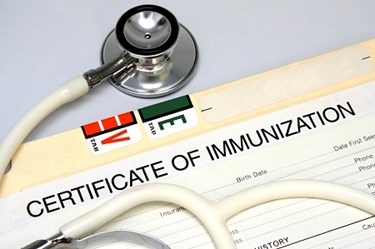Tips For Reducing HIPAA Violation Risks

By Christine Kern, contributing writer

A new whitepaper offers guidance for protecting the security of HIPAA patient information.
The need to attend to data security in increasing exponentially as enforcement tightens and the risk of significant financial penalties for HIPAA violations looms. To that end, a new white paper by Core Security provides some guidance for keeping data safe and avoiding risks of compromised patient information.
As Health IT Outcomes earlier noted, PwC report investigating the state of healthcare compliance found there is still much progress to be made in healthcare compliance across the board, and HIPAA privacy and security remain the top compliance concerns. Penalties for violations are increasing and reputations can be damaged, not to mention the imminent start of privacy audits from the HHS Office for Civil Rights. Compliance officers are challenged to fill gaps in their policies and procedures and be ready to demonstrate compliance with HIPAA requirements.
The cost of breaches can be crippling for healthcare organizations. For example, the OCR fined two health organizations almost $2 million in the wake of the theft of laptops, while Parkview Health paid out $800,000 in HIPAA fines and agreed to institute a corrective plan of action after it was alleged that the institution was dumping sensitive records.
These types of violations aren’t going away, either. A Redspin Breach Report found there was a 138 percent rise in the number of healthcare records breached in 2013, affecting some eight million records.
The Core Security whitepaper, Attack Intelligence: The Key To Reducing Risk in Healthcare, is designed to help healthcare institutions avoid these costly incidents. As the study asserts, “HIPAA-covered entities need to both identify their risks and take steps to mitigate that risk once they become aware of it.”
And yet, recent research demonstrates few healthcare industry professionals have a solid understanding of their own risks. A survey conducted by Healthcare Information Security found OCR audits have resulted in an increase in risk assessments, but that those assessments are often not complete. The data revealed 63 percent of respondents reported a data breach in 2014, and almost 50 percent acknowledged a data breach affecting a business partner. One contributing factor to these figures was that fewer than half of the 200 healthcare organizations surveyed had a documented risk assessment and risk management strategy in place and only 40 percent said they had one in the works.
While most healthcare organizations are cognizant of the need for basic security tools in assessing risk, the whitepaper asserts they do not provide the critical type of information necessary to manage risk – “actionable attack intelligence about sensitive IT assets like the medical record application servers or the backend databases that hold ePHI.”
“Healthcare organizations are familiar with risk management,” said Eric Cowperthwaite of Core Security, “But they aren’t necessarily thinking about how they’re going to be attacked. You may have a vulnerability management program. But the question is ‘How do you know which vulnerabilities matter? How do you know which possible attacks are likely – or not?’”
